Network
Anthroposophy
forms the basis for the work and describes the way we view the human being. It offers a holistic, highly differentiated understanding of the relationships of body, soul and spirit to each other and to the functional levels (matter, vitality, emotions and the concept of self) in the organism. Read more about this topic here: goetheanum.org
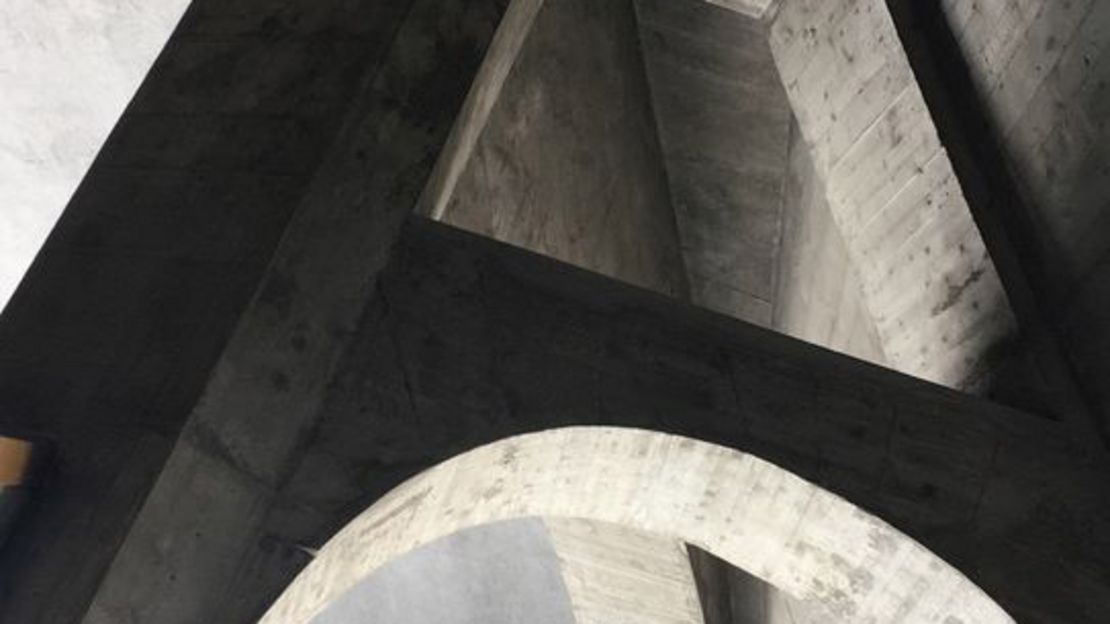
Anthroposophic medicine
is an extension of conventional medicine. Every anthroposophical doctor has completed a full course of medical studies and, in addition to the specialist training, has completed several years of additional training. After initial indications for eurythmy therapy in 1915, Rudolf Steiner formulated the principles of eurythmy therapy in 1921 in a 7-day course before doctors and eurythmists. Detailed descriptions of Anthroposophical Medicine, its working methods, research and more can be found here
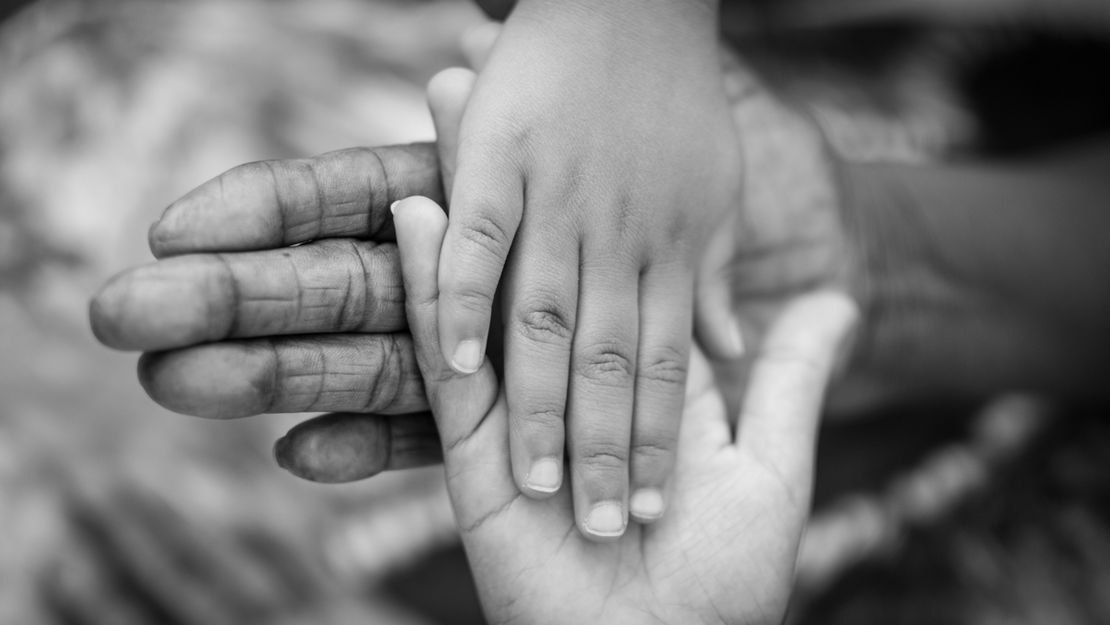
IKAM / International Coordination of Anthroposophic Medicine
An association of internationally active coordinators and people in positions of responsibility within the Anthroposophic medical movement. It coordinates anthroposophical medicine worldwide on an interdisciplinary basis. You can find more on this topic here:

Training
takes place in training centres, some of which offer accredited courses of study starting annually. There are also committed training initiatives on the way to accreditation. Whether accredited course of studies or training initiative: Medical Section approved training courses are subject to the same standards and may award the Diploma in Eurythmy Therapy after successful completion. Some training centres also award a Master's Diploma in Eurythmy Therapy and subsequently a PhD.
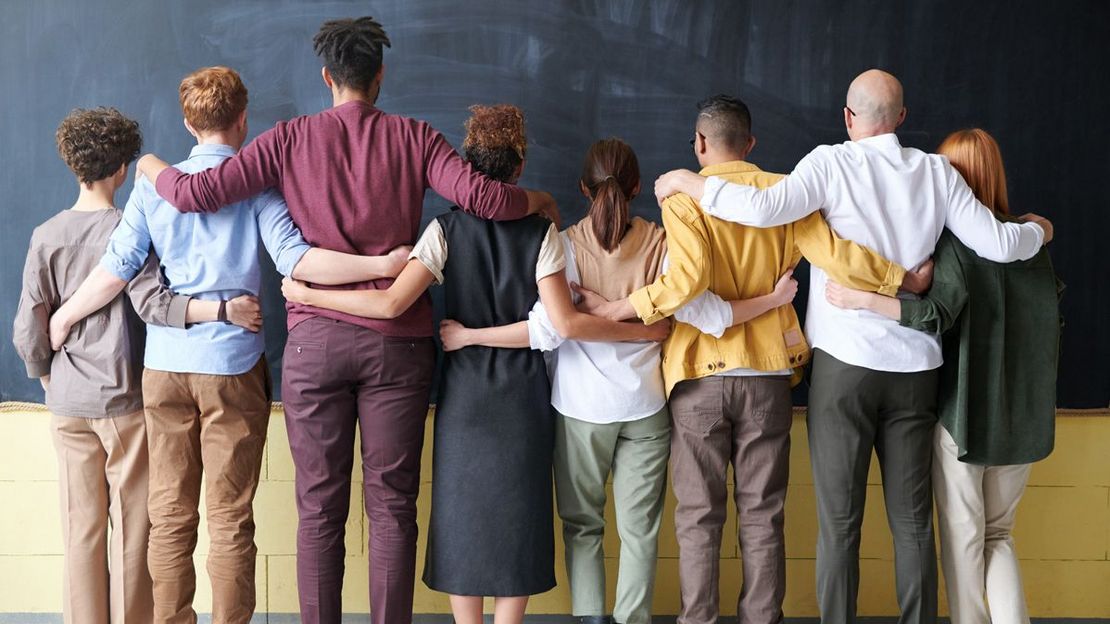
Professional associations
currently exist in 14 countries They aspire to further the availability of high quality eurythmy therapy and typically do so by providing a forum for exchange between members, regulate activities according to national requirements, organising CPD events and providing a professional regulatory possibility for colleagues. The national professional associations are members of the International Federation of Arts and Eurythmy Therapy (IFAAET). Membership of a professional association is the prerequisite for the quality seal "Anthromed - Eurythmy Therapy".
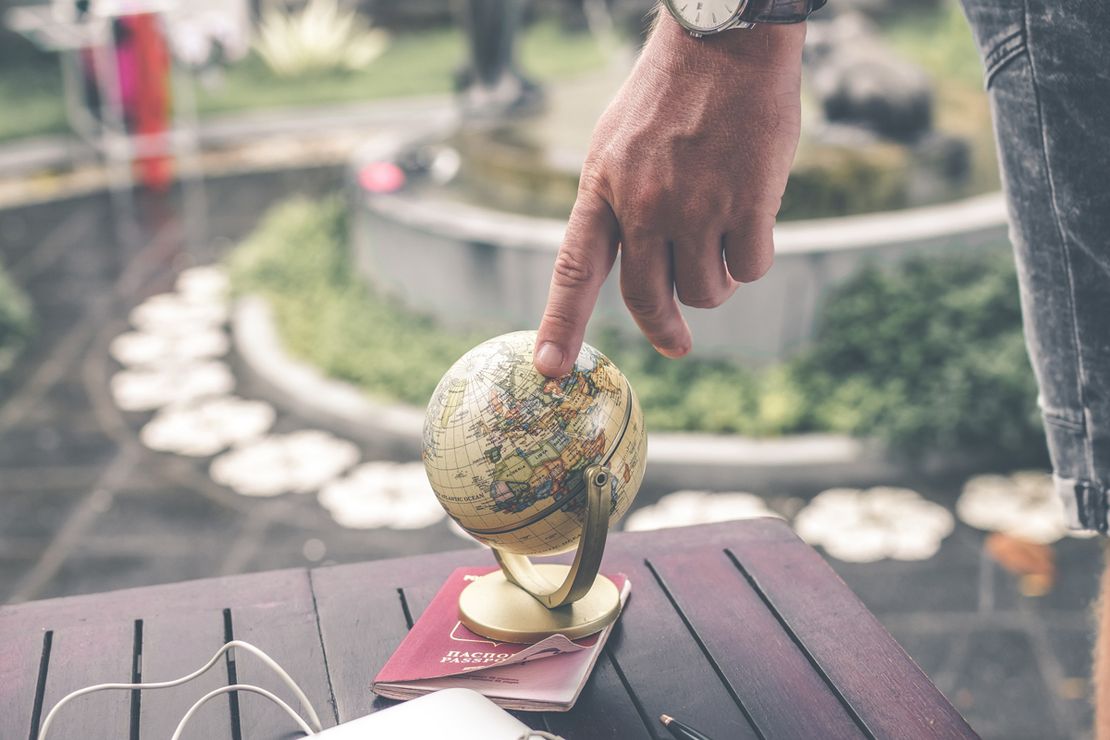
Country representatives
Even an initial pioneer in a country can become a country representative and represent eurythmy therapy on the smallest institutionalised level, within an international community
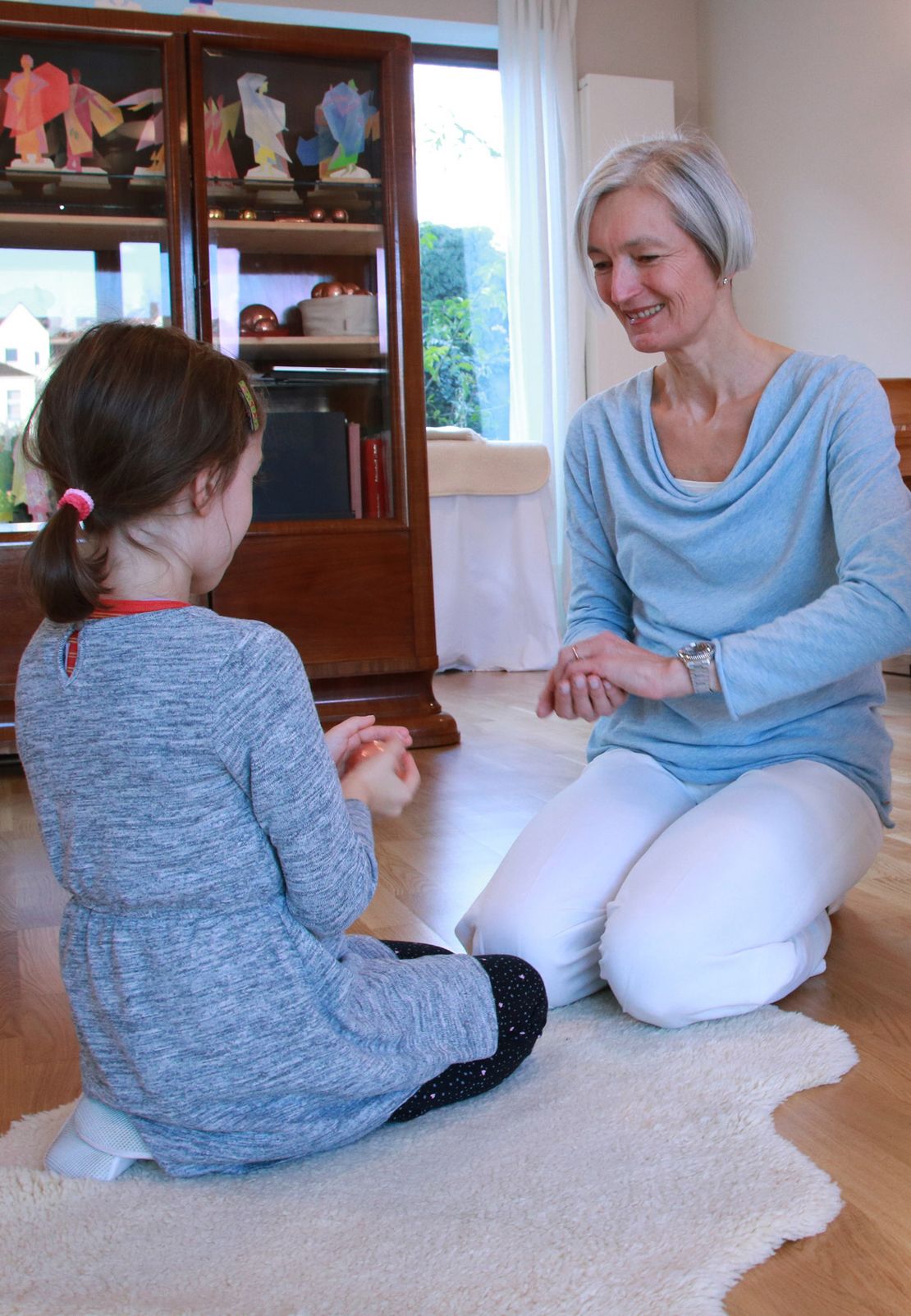
Therapists
The training is carried out in two stages. First a 3-4-year full-time training eurythmy training, usually with a focus on teaching (B.A. or diploma course). Then a 1-2-year full time therapy course, or 2-3year part-time course (M.A. or diploma course). Often there will be a few years of professional experience between the basic studies and the therapeutic qualification. In addition to specialist medical knowledge and the basic eurythmy therapy exercises, the curricula include the differentiation of the exercises for the relevant medical specialties, as well as the acquisition of diagnostic and methodological skills, such as composing exercise sequences to suit the individual client. Eurythmy therapists with an M.A. acquire further competencies in scientific works. Some associations use both words eurythmy therapist and therapeutic eurythmist. There is no difference in competence. Eurythmy Therapist came into being for legal reasons in the English-speaking world and is now used internationally.
Eurythmy therapists work in the following areas of practice
